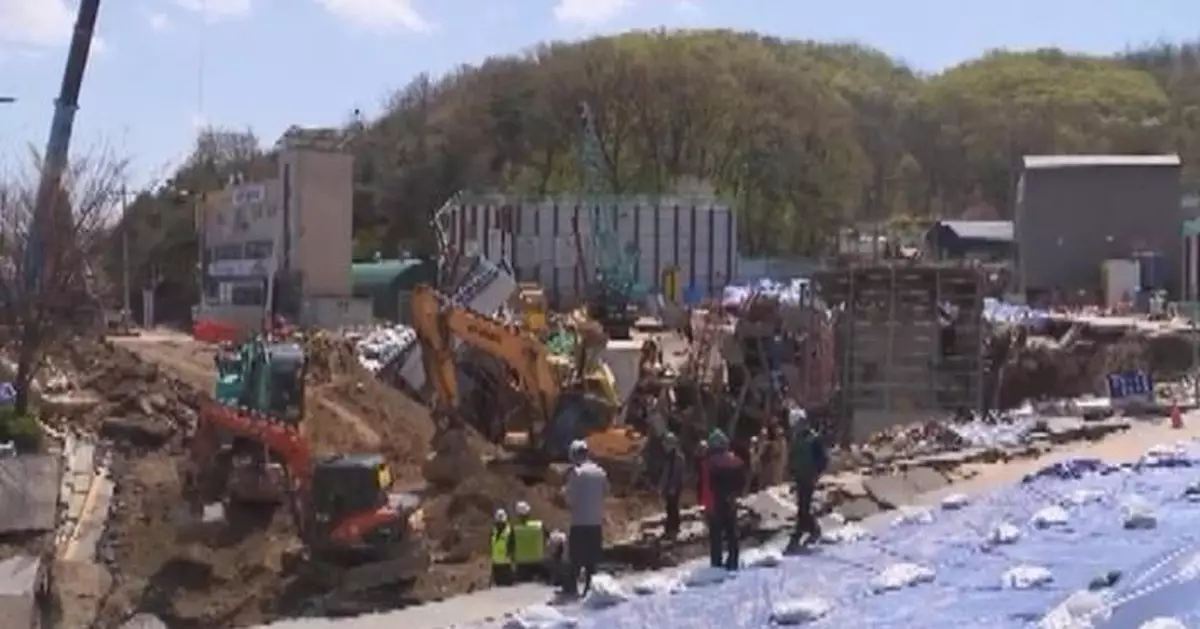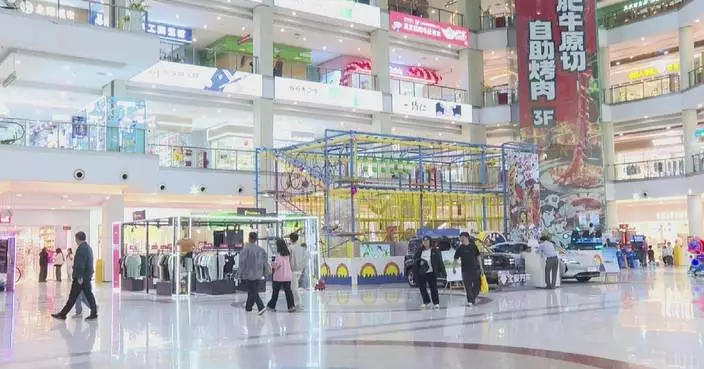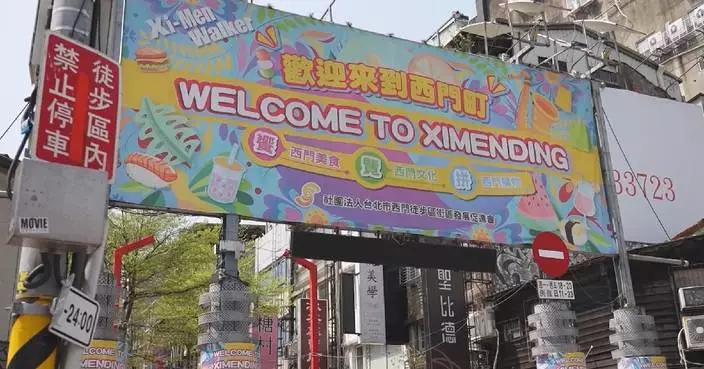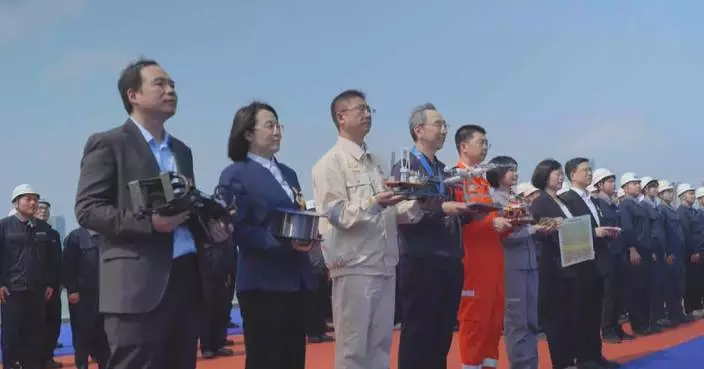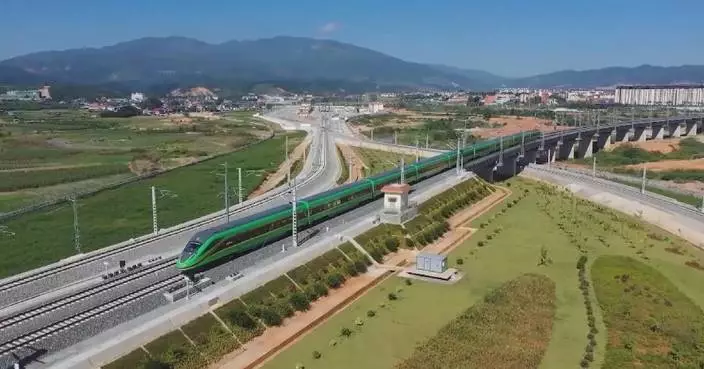A dozen ground collapses across South Korea have raised serious concerns about the safety of the nation's aging urban infrastructure.
The most recent incident occurred on April 11 at a construction site of the Sinansan Line in Gwangmyeong City, Gyeonggi Province. The site is now cordoned off, with visible damage to surrounding structures.
According to the National Fire Agency, the body of a worker in his 50s, missing since the collapse on Tuesday, was recovered at a depth of 21 meters.
While authorities are investigating the cause of the incident, experts have ruled out the immediate risk of further collapses, allowing a nearby elementary school to reopen. But the temporary traffic restrictions remain in place.
This incident marks the 12th ground collapse in South Korea this year, fueling public anxiety.
"I'm afraid this kind of accidents could happen to me. I'm careful when I walk outside and very nervous even when driving. I don't feel safe on the roads anymore. These accidents could have been avoided with better design and management," said a Seoul resident.
Over 40 percent of South Korea's underground water pipes have been used for over 30 years, which are prone to corrosion, leaks, and soil erosion that can lead to collapses.
Data from the Ministry of Land, Infrastructure and Transport reveal that 867 ground collapses occurred nationwide in the past five years, with over half attributed to ruptured water pipes.
And the backfill soil which was improperly compacted during the construction may cause the loose underground soil being easily washed away by running water, causing the foundation to gradually sink.
"We need to change our mindset and view security spending as an investment rather than a simple consumable expense or sunk cost. South Korea's overall safety management capability and system is inadequate, which is one of the reasons behind the recent frequent collapse accidents," said Lee Song-kyu, president of the Korea Safety Experts Association.
Furthermore, the increasing frequency of extreme weather events, such as heavy rains and typhoons, puts many areas at risk, Lee added.
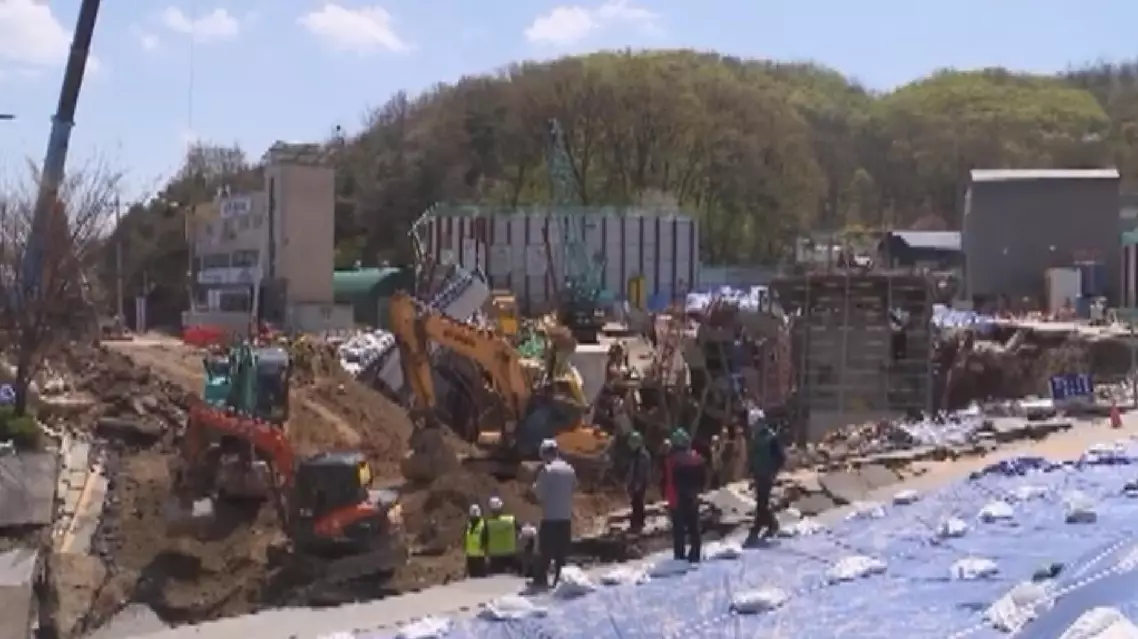
Ground collapses raise concerns over South Korea's aging infrastructure
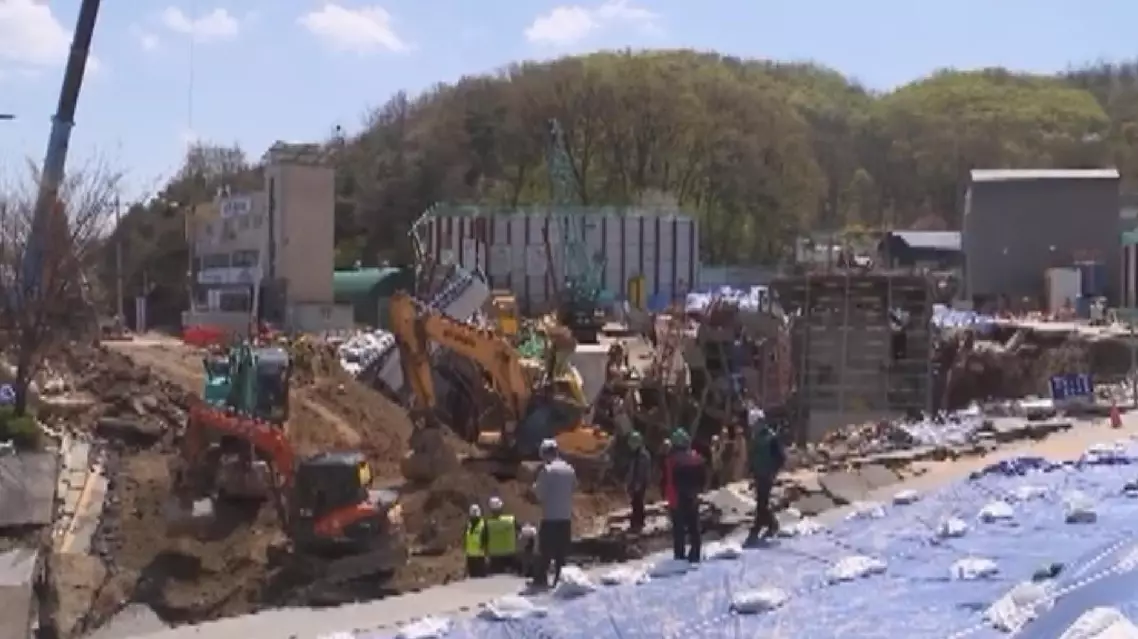
Ground collapses raise concerns over South Korea's aging infrastructure
U.S. tariffs on Cambodia, which were set at 49 percent, have sparked concerns among the Southeast Asian country's key export industries such as garment manufacturing amid the ensuing economic uncertainties.
On April 2, U.S. President Donald Trump announced the 49 percent "reciprocal tariff" on goods imported from Cambodia, the highest among all countries. Days later, the U.S. reduced the so-called "reciprocal tariff" to 10 percent for 90 days, offering a window period to Cambodia for negotiations with it.
Cambodian businesspeople say the tariffs have the potential to wreak havoc on the country's manufacturing sector, which, according to data from the World Bank, makes up around a fifth of the country's GDP.
"For U.S. manufacturers, definitely, there will be a big impact. If manufacturers are focusing on U.S. products, they are now in the middle. They don't know what they should do at the moment because the tariff now from Cambodia to the U.S. is actually quite high," said Dr. Ben Li, a Hong Kong investor in Cambodia and Chairman of the Cambodia Chinese Commerce Association.
Nevertheless, Li sees the tariff hike as an opportunity to export more Cambodian goods to the European Union, where a majority of Cambodian exports enjoy duty-free status.
"I always say there will be a light (at the end of the tunnel.) Even now, the U.S. tariff is so high, it's going to be so high after 90 days, we don't know. But, there's still a big market to Japan or to the European Union. There's still a big opportunity there," he said.
The Cambodian investor also believes the development of major infrastructure projects will help support Cambodia's economy.
"Especially the new canal and then the new airport, and the railways which connect to China. I believe once the logistics and infrastructure are built up, it can help the whole country's economy. By reducing the transportation costs, it can also mitigate the tariff costs," he said.
Cambodia and the U.S. held their first tariff negotiations on April 16, with more expected to follow. Local experts said the stakes are high for the country's workers.
"If this negotiation fails, there will be a significant impact. It will include the garment and travel goods sector. These sectors consist of about 1,068 factories and 930,000 workers. The income generated from these sectors is about 3 billion dollars per year. So it would significantly impact Cambodia's economy, jobs and incomes," said Chey Tech, a socio-economic research and development consultant from Dynamic Alliance Consulting.
Despite the potential risks, Tech expressed his optimism about a positive outcome, citing Cambodian Prime Minister Hun Manat's letter to Trump on April 4.
"The Prime Minister's letter confirmed that Cambodia would reduce the tariff rate for U.S. goods to 5 percent. Second, Cambodia is the least developed country. Third, Cambodia produces goods that the developed countries won't produce. We asked whether the U.S. would be able to produce these low-cost products. It cannot," said Tech.
In 2024, Cambodia exported goods of 9.9 billion dollars to the U.S., making it the country's largest market, accounting for 37 percent of Cambodia's total exports.

49-percent US tariffs sparks worry among Cambodia's key export industries




